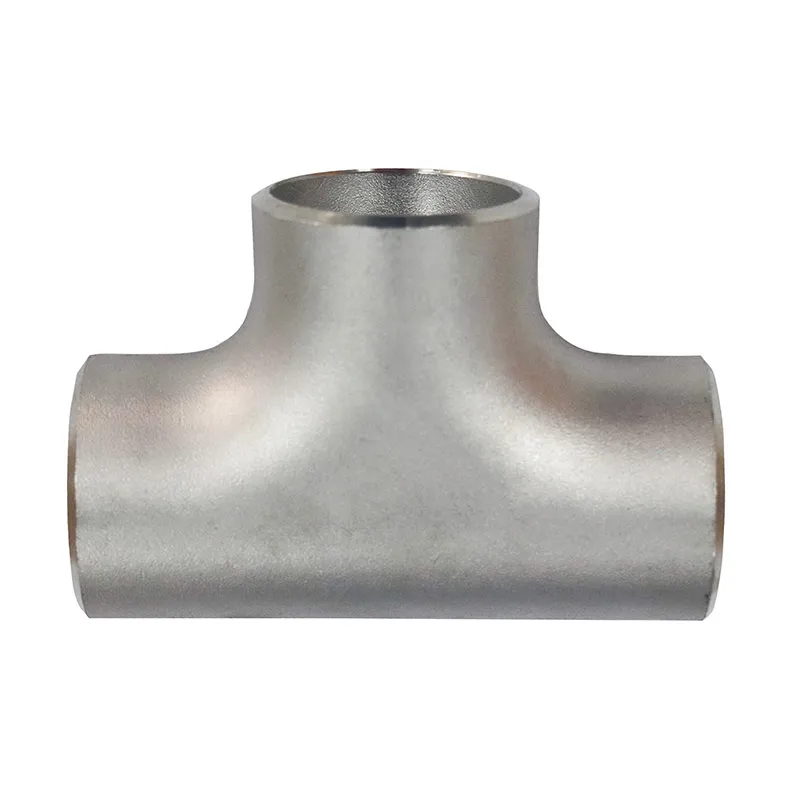-
Cangzhou Yulong Steel Co., Ltd.
-
Phone:
+86 13303177267 -
Email:
admin@ylsteelfittings.com
- English
- Arabic
- Italian
- Spanish
- Portuguese
- German
- kazakh
- Persian
- Greek
- French
- Russian
- Polish
- Thai
- Indonesian
- Vietnamese
- Zulu
- Korean
- Uzbek
- Hindi
- Serbian
- Malay
- Ukrainian
- Gujarati
- Haitian Creole
- hausa
- hawaiian
- Hebrew
- Miao
- Hungarian
- Icelandic
- igbo
- irish
- Japanese
- Javanese
- Kannada
- Khmer
- Rwandese
- Afrikaans
- Albanian
- Amharic
- Armenian
- Azerbaijani
- Basque
- Belarusian
- Bengali
- Bosnian
- Bulgarian
- Catalan
- Cebuano
- China
- China (Taiwan)
- Corsican
- Croatian
- Czech
- Danish
- Esperanto
- Estonian
- Finnish
- Frisian
- Galician
- Georgian
- Kurdish
- Kyrgyz
- Lao
- Latin
- Latvian
- Lithuanian
- Luxembourgish
- Macedonian
- Malgashi
- Malayalam
- Maltese
- Maori
- Marathi
- Mongolian
- Myanmar
- Nepali
- Norwegian
- Norwegian
- Occitan
- Pashto
- Dutch
- Punjabi
- Romanian
- Samoan
- Scottish Gaelic
- Sesotho
- Shona
- Sindhi
- Sinhala
- Slovak
- Slovenian
- Somali
- Sundanese
- Swahili
- Swedish
- Tagalog
- Tajik
- Tamil
- Tatar
- Telugu
- Turkish
- Turkmen
- Urdu
- Uighur
- Welsh
- Bantu
- Yiddish
- Yoruba

Nov . 13, 2024 00:38 Back to list
din nd10 flange
Understanding DIN ND10 Flanges Specifications and Applications
Flanges are integral components in piping systems, serving as connectors between pipes, valves, and equipment. Among the various types of flanges, the DIN ND10 flange is notable for its specific design and application in industrial settings. This article delves into the characteristics, specifications, and uses of the DIN ND10 flange, providing a comprehensive understanding for engineers, designers, and maintenance personnel.
What is DIN ND10 Flange?
The term DIN refers to the Deutsches Institut für Normung, a German standard organization responsible for creating technical standards. Flanges designed under these standards are commonly utilized across various industries due to their reliability and compatibility. The ND stands for Nominal Diameter, which indicates the size of the flange, while 10 specifies the pressure rating, denoting the flange's ability to withstand certain internal pressures.
The DIN ND10 flange typically falls within the scope of PN (Pressure Nominal) ratings, with PN10 indicating a maximum pressure of 10 bar (approximately 145 psi). This makes the ND10 flange suitable for a range of applications where moderate pressure resistance is required.
Specifications of DIN ND10 Flanges
1. Materials DIN ND10 flanges are available in various materials, including stainless steel, carbon steel, and alloy materials. The choice of material often depends on the application environment, including factors such as temperature, pressure, and potential corrosive substances.
2. Dimensions The dimensions of the ND10 flange adhere to the DIN standards, ensuring compatibility with associated piping components. Typical dimensions include outer diameter, inner diameter, thickness, and bolt hole spacing. The standard flange thickness can vary, with specifications defined in the accompanying DIN standard documents.
3. Bolt Patterns The ND10 flanges come with pre-drilled bolt holes, which are crucial for securing the flange to other components. The bolt pattern is designed according to standard specifications, allowing easy integration with other flanges or equipment.
4. Gasket Seating Like other flanges, the ND10 flange includes a seating surface where gaskets can be placed to ensure a tight seal. The choice of gasket material can influence the performance and longevity of the connection, particularly in high-pressure applications.
Applications of DIN ND10 Flanges
DIN ND10 flanges are widely utilized across various industries, including
din nd10 flange

- Water Supply Systems Due to their pressure rating, ND10 flanges are commonly found in water treatment and distribution systems, where they connect pipes and valves.
- Oil and Gas The durability and resistance of ND10 flanges make them suitable for oil and gas applications, where reliable connections are critical to system integrity and safety.
- Chemical Processing In the chemical industry, ND10 flanges are used to manage flow and pressure, connecting different sections of piping that handle various chemicals.
- HVAC Systems These flanges are also used in heating, ventilation, and air conditioning systems, facilitating the interconnection of different system components.
Advantages of Using DIN ND10 Flanges
1. Standardization As a product adhering to DIN standards, ND10 flanges provide assurance of quality and interoperability with other standard components.
2. Versatility Their moderate pressure rating and material options allow for versatile applications in different industries, from water systems to chemical processing.
3. Ease of Installation The design of the ND10 flange, with pre-drilled holes and standardized dimensions, facilitates ease of installation and maintenance, reducing the potential for errors.
4. Reliability DIN ND10 flanges are known for their robust performance, often providing long-term solutions in demanding environments.
Conclusion
In summary, DIN ND10 flanges are critical components in many industrial applications, providing a reliable means of connecting pipes and equipment under moderate pressure conditions. Their adherence to DIN standards ensures compatibility and quality, making them a preferred choice across various sectors. Understanding their specifications, applications, and advantages is essential for professionals involved in engineering, design, and maintenance, as it enables informed decisions that enhance system performance and longevity.
Latest news
-
ANSI 150P SS304 SO FLANGE
NewsFeb.14,2025
-
ASTM A333GR6 STEEL PIPE
NewsJan.20,2025
-
ANSI B16.5 WELDING NECK FLANGE
NewsJan.15,2026
-
ANSI B16.5 SLIP-ON FLANGE
NewsApr.19,2024
-
SABS 1123 FLANGE
NewsJan.15,2025
-
DIN86044 PLATE FLANGE
NewsApr.19,2024
-
DIN2527 BLIND FLANGE
NewsApr.12,2024
-
JIS B2311 Butt-Welding Fittings LR/SR 45°/90° /180°Seamless/Weld
NewsApr.23,2024











